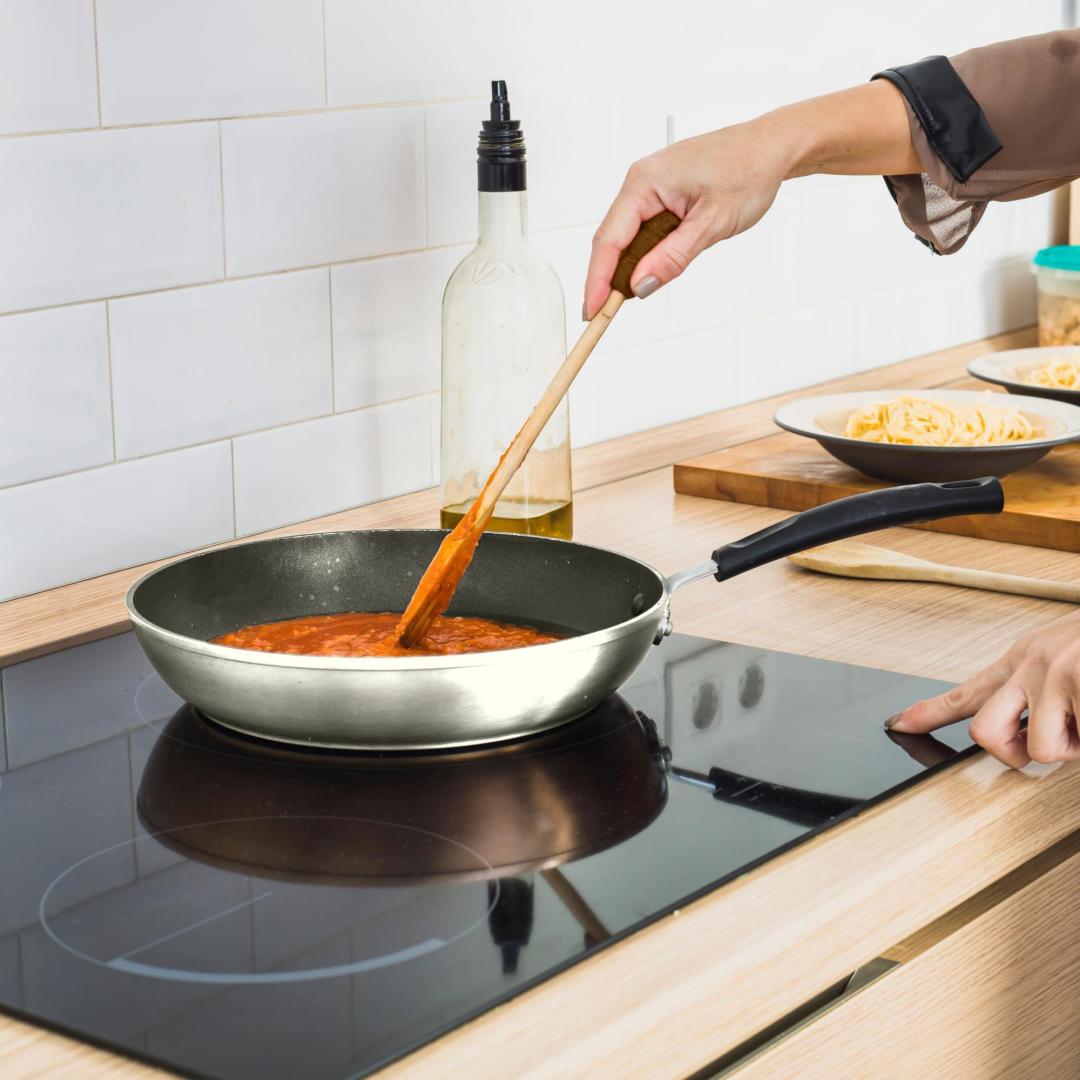We understand how frustrating it can be to see your new cookware’s silicone gasket stained after its first encounter with spaghetti sauce. Silicone, while durable and heat-resistant, has a porous surface that can temporarily absorb pigments from deeply colored foods. But don’t worry—stains don’t mean permanent damage! This guide offers science-backed solutions to restore your silicone gaskets and keep them looking pristine.
Why Silicone Stains (And Why It’s Okay)
Under a microscope, silicone’s surface reveals tiny pores that can trap pigments from hot, oily sauces. While this might seem alarming, it’s a natural characteristic of food-grade silicone, not a defect. The good news? With the right approach, most stains can be fully removed—and future ones prevented.
Step-by-Step Stain Removal Methods
1. Basic Cleaning for Mild Stains
What You’ll Need:
-
Baking soda
-
White vinegar
-
Soft-bristled toothbrush
Steps:
-
Soak the gasket in warm water for 10 minutes to loosen residue.
-
Sprinkle baking soda over stained areas, then drizzle with vinegar to activate a foaming reaction.
-
Gently scrub with the toothbrush for 2–3 minutes and rinse.
Why It Works: Baking soda neutralizes grease, while vinegar dissolves pigments.
2. Oxidation for Moderate Stains
What You’ll Need:
-
3% hydrogen peroxide
-
Plastic wrap
Steps:
-
Apply hydrogen peroxide directly to the stain and cover with plastic wrap.
-
Let sit for 2–3 hours (sunlight speeds up the process).
-
Rinse thoroughly. Repeat if needed.
Safety Tip: Avoid concentrations above 6%, which may degrade silicone over time.
3. Tackling Tough Stains
What You’ll Need:
-
Non-gel toothpaste
-
Melamine sponge (e.g., Magic Eraser)
Steps:
-
Apply toothpaste to the stain and gently scrub with a damp melamine sponge.
-
Rinse and repeat with a pinch of table salt for extra abrasion.
Science Note: Toothpaste contains mild abrasives like calcium carbonate that lift stains without scratching.
4. Heat Treatment for Heat-Safe Silicone
For: Lids labeled “heat-resistant ≥200°C (392°F)”
Steps:
-
Boil the gasket for 10 minutes to expand pores and release trapped pigments.
-
Scrub with dish soap while still warm, then rinse in cold water.
Preventing Future Stains
-
Pre-Treat New Lids: Boil in a 1:1 vinegar-water solution for 5 minutes to reduce porosity.
-
Clean While Warm: Wash silicone immediately after cooking to prevent stains from setting.
-
Use a Barrier: Place parchment paper between the lid and saucy dishes.
-
Monthly Maintenance: Soak in citric acid solution (1 tsp per liter of water) to dissolve mineral buildup.
When to Consider Replacement
While most stains are removable, silicone that feels sticky or shows cracks indicates aging. For heavily degraded gaskets, we recommend replacing the lid to ensure food safety.
Why Trust Our Cookware?
Our silicone gaskets are rigorously tested for heat resistance, flexibility, and longevity. They’re designed to withstand daily use—stains included! Upgrade your kitchen with cookware built to handle life’s messiest moments.

